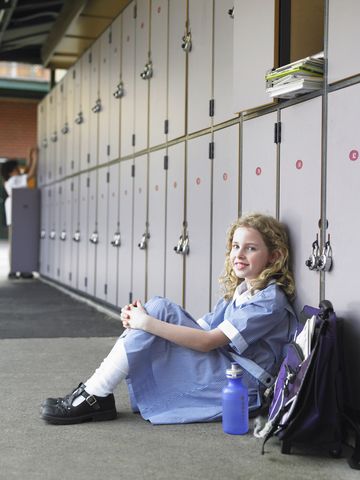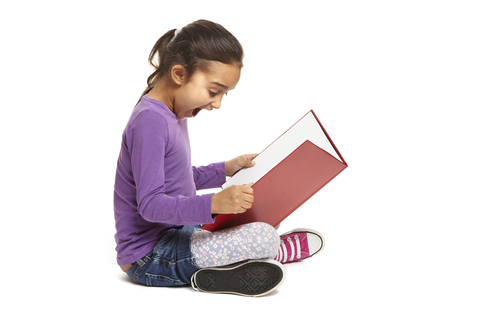What Type of Locker
The first consideration when buying new lockers is the purpose of the locker. Different spaces may require different types of school lockers. Hallway lockers are different than gym lockers, which are different than music room lockers. For example, gym lockers may be smaller than hallway lockers and will probably need better ventilation. It’s important to know the function and location of the lockers before making any choices about locker design.
Locker Layout and Design
Consider the actual storage space needed within the locker itself. Locker sizes are defined by tiers, meaning different levels are stacked vertically on top of one another. Lockers can be purchased in sizes of from one to six tiers. A one-tier locker is tall and slender, and is ideal for the school hallway or classroom where students need to hang long coats and scarves during the winter. A two-tier locker works if students are hanging shorter school uniform items, and are storing books and papers. Hooks can be placed on the inside of the door to hang clothing on. The more tiers you have, the smaller the storage space inside the locker.
There are three main types of locker handles: recessed handles, door pull handles, and lift handles. All three can be padlocked by the user and each one has its own unique benefit. Recessed handles are good for security in areas where vandalism is a problem. This handle leaves nothing for a vandal to kick off. The door pull handle is a friction catch handle and provides an easy way to attach a padlock. The lift handle provides the quickest means of opening,
Lockers used in a K-12 school corridor have a lot of demands placed on them. They need to hold up to heavy daily use, to be easy to maintain, and to work within the overall design scheme for the school building. When they are used in green school designs, they are subject to the scrutiny of additional requirements including material usage choices and contributions to indoor air quality. The traditional selections of metal and wood lockers are now being supplemented by products made out of high-density polyethylene (HDPE). Further, recent material improvements make them fire code approved for use in hallways.
Locker Accessories
Below is a list of accessories you may want to consider.
Legs — Lockers can be purchased with or without legs. Without legs, they sit flush on the floor. With legs, there’s open space between the locker and the floor. If you purchase lockers with legs, the handle height and locker opening will go up by approximately 15 centimetres.
Slope top panel — Lockers typically come with a flat top, which allows dust to accumulate and can be difficult for the maintenance crew to clean. The slope top panel facilitates much faster and easier cleaning.
Front and side bases — if you purchase lockers with legs, you might want to consider front and side base accessories. These panels enclose the space between the legs of the lockers on the front and side (at the end of a row of lockers). This prevents interesting rubbish from accumulating underneath the lockers.
Locks Certain lockers, depending on the type of latch channel it has, require a certain type of lock for your school locker , but you can put most locks on most lockers. However make sure you are getting the right type of lock for the latch channel that you have.
Many Schools choose combination locks in preference to locks with keys because the former eliminates the risk of students losing the key. It is a good idea to test the combination locks for ease of unlocking, before you purchase them.
Locker management software is an option to assist in the management of student lockers.



